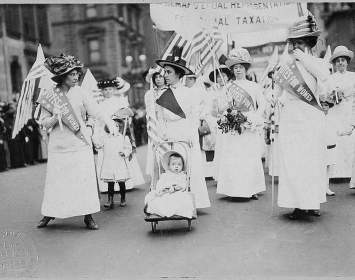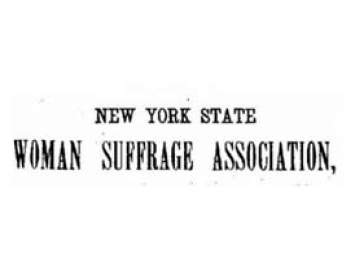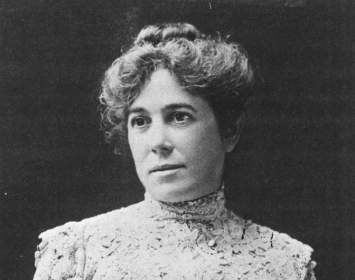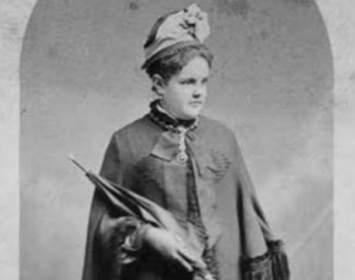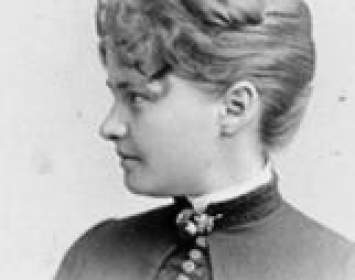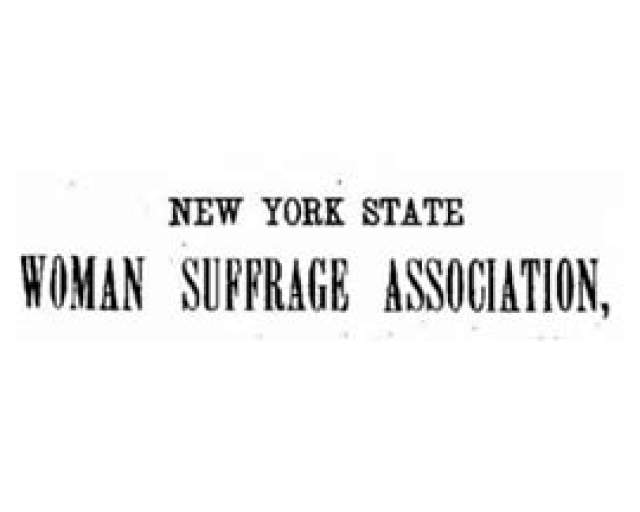On the afternoon of Wednesday, October 15, 1913, the Monday Afternoon Club, Binghamton's most prominent woman's civic club, hosted a reception for delegates of the Forty-Fifth Annual Convention of the New York State Woman Suffrage Association (NYSWSA) at The Clubhouse, its lavish mansion facility. Plenary sessions of the convention were conducted at the Centenary Church (now Landmark Church). Business meetings and meetings of the board of directors were held at the convention headquarters, the elegant Bennett Hotel. (As it happens, all three structures were designed by Binghamton's most celebrated architect: Isaac Gale Perry went on to become the first [albeit unofficial] Architect of the State of New York.)
Believed to be in attendance (in order of their appearance on the convention's program) were NYSWSA president Harriet May Mills; nationally prominent suffragist Carrie Chapman Catt; Maud Ingersoll Probasco, younger daughter of nineteenth-century freethought orator Robert Green Ingersoll; and suffragists, including Gertrude Nelson Andrews; Isabel Howland; Ella H. Crossett; Marie Jenney Howe; Mrs. Seward A. Simons; Leonora O'Reilly; Helen Brewster Owens; Mrs. Charles Tiffany; Gertrude Foster Brown; and the nationally prominent suffrage activist Anna Howard Shaw. Also believed to be present was NYSWSA board member Margaret Cameron Topliff.
The Building and Site. Banker and local business leader Sherman David Phelps commissioned the three-story brick-and-stone Second Empire–style mansion. It was completed in 1871 at an estimated cost of $119,000.
Phelps moved in to the mansion in 1872, the same year he was elected mayor of Binghamton. A widower, he brought his two sons, Arthur and Robert, to live with him, along with several nieces and nephews. Phelps died in 1878. His sons lived in the mansion until they died in 1880 and 1881. Son Robert's widow was entitled to live in the mansion as long as she lived, but she died just one year later, in 1882.
None of Phelps's nieces and nephews wanted to occupy the mansion (perhaps understandably), so it sat vacant for seven years.
The home was sold to a local shoe manufacturer who met financial difficulties and had to sell the property at auction. It was then purchased by John Stewart Wells, the contractor who had initially built the mansion. Wells rented it to James Christopher Truman, who retired as Binghamton's postmaster in 1905. The mansion was then sold to the Monday Afternoon Club, which added a large ballroom onto the back of the mansion and operated there for a century.
In 1986, the Club transferred the property to the Phelps Mansion Foundation but continued to operate. In 2006, the Club disbanded altogether, transferring ownership of all remaining contents to the Mansion Foundation.
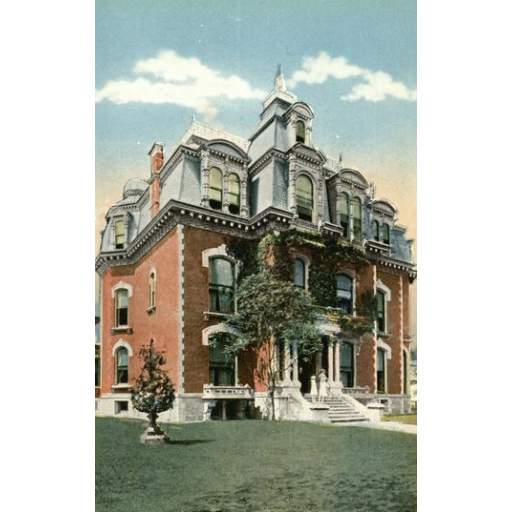
The Monday Afternoon Club
The Monday Morning Club for more than a century, this ornate Second Empire mansion began as Sherman David Phelps's mansion, and it is the Phelps Mansion Museum today.
Associated Causes
Associated Historical Events
Forty-Fifth NY State Suffrage Convention
October 14–17, 1913


